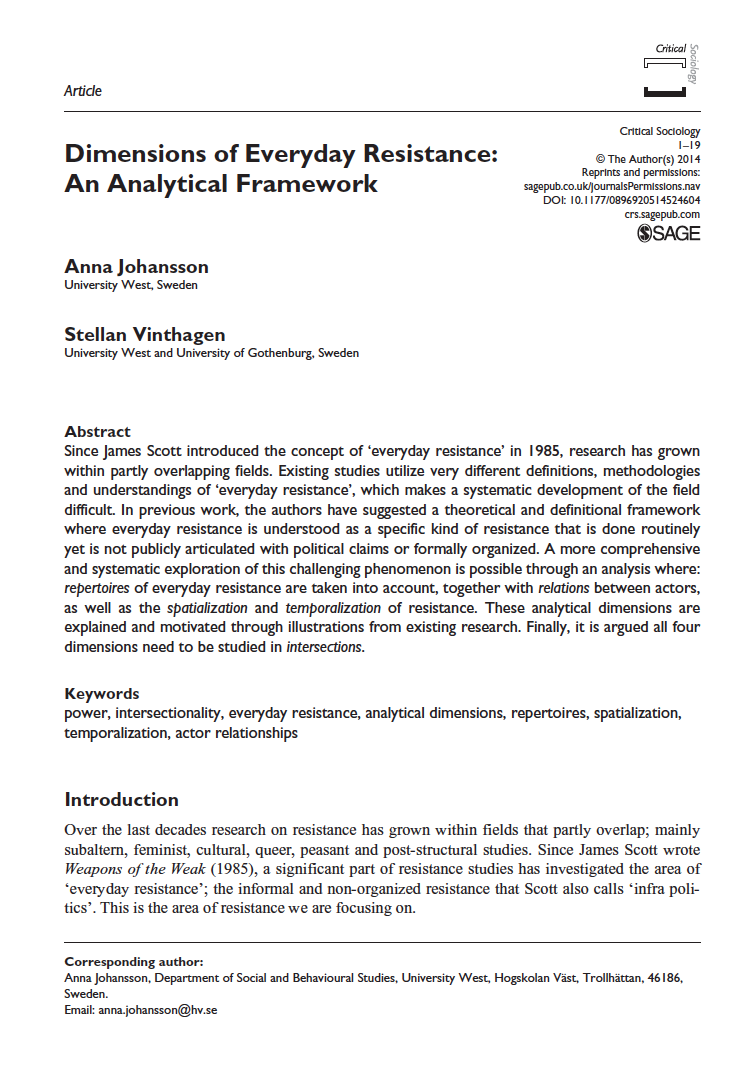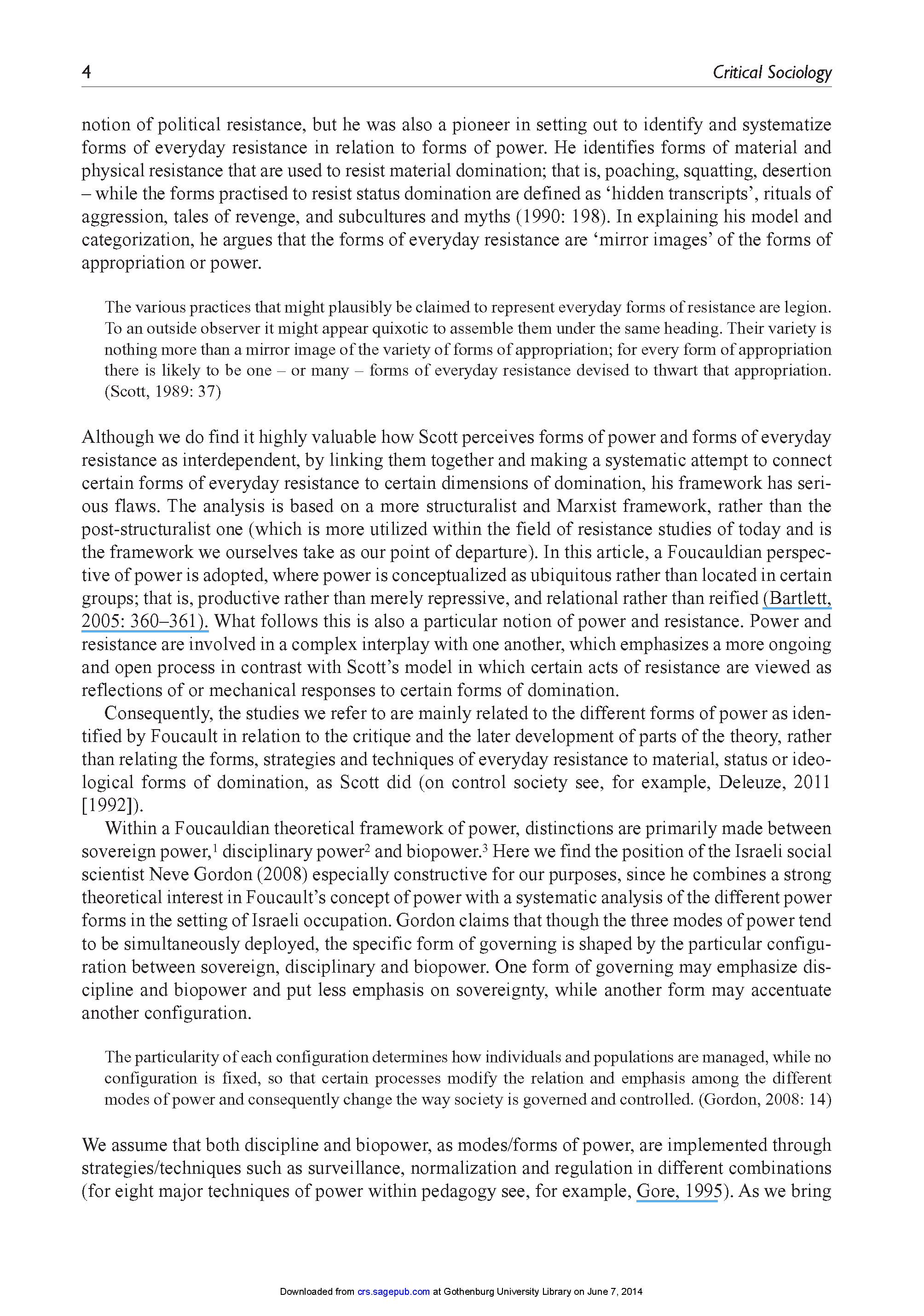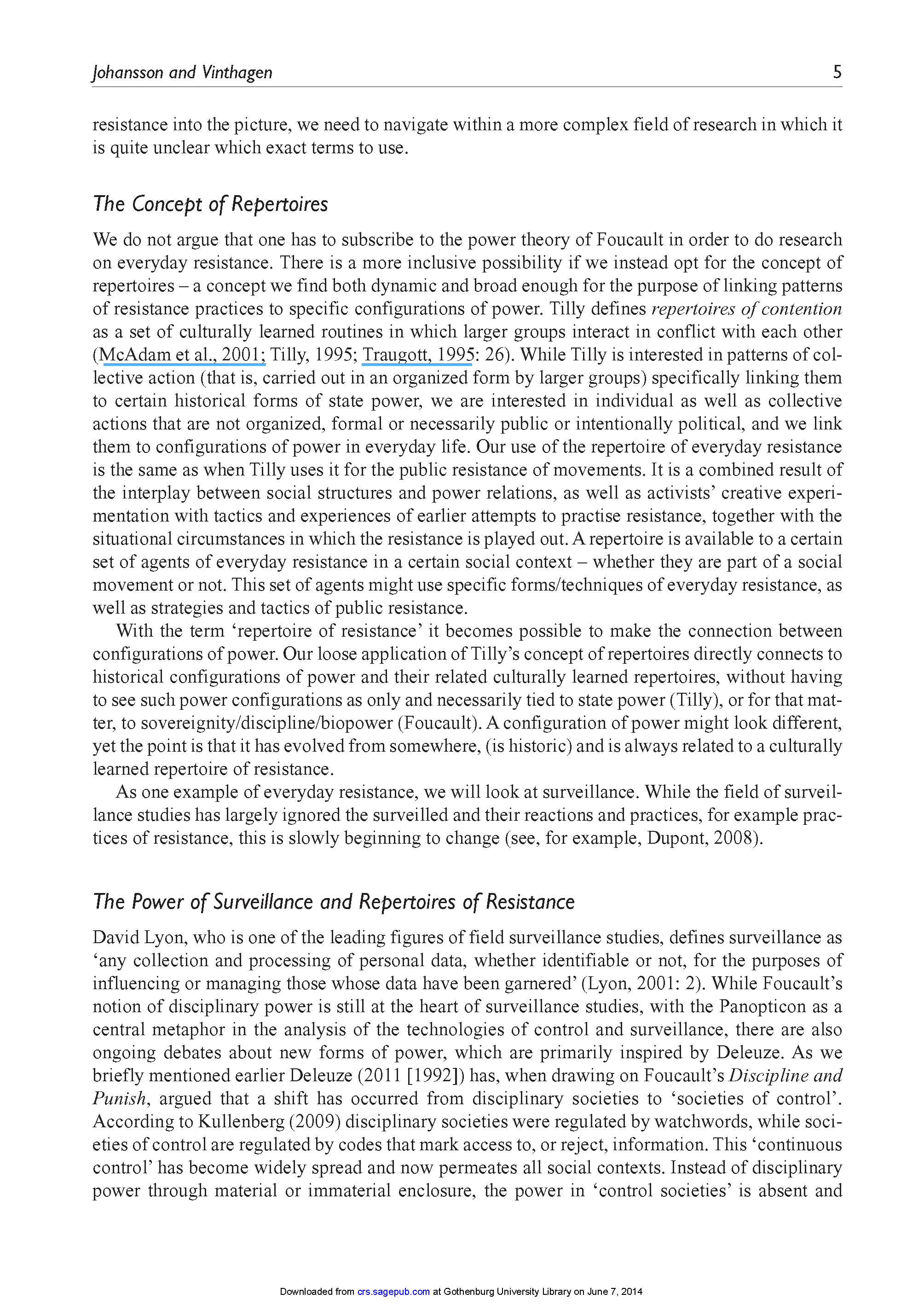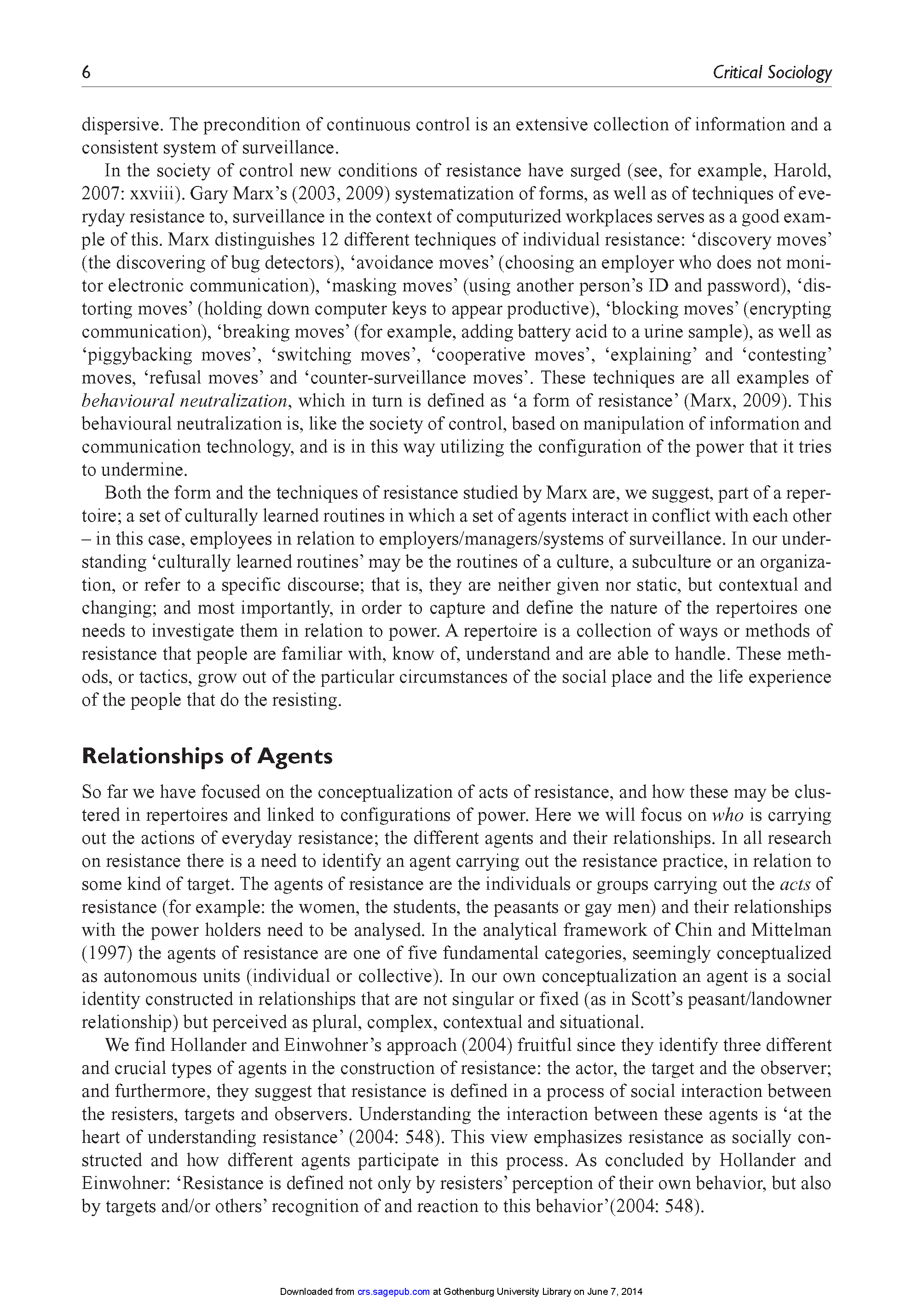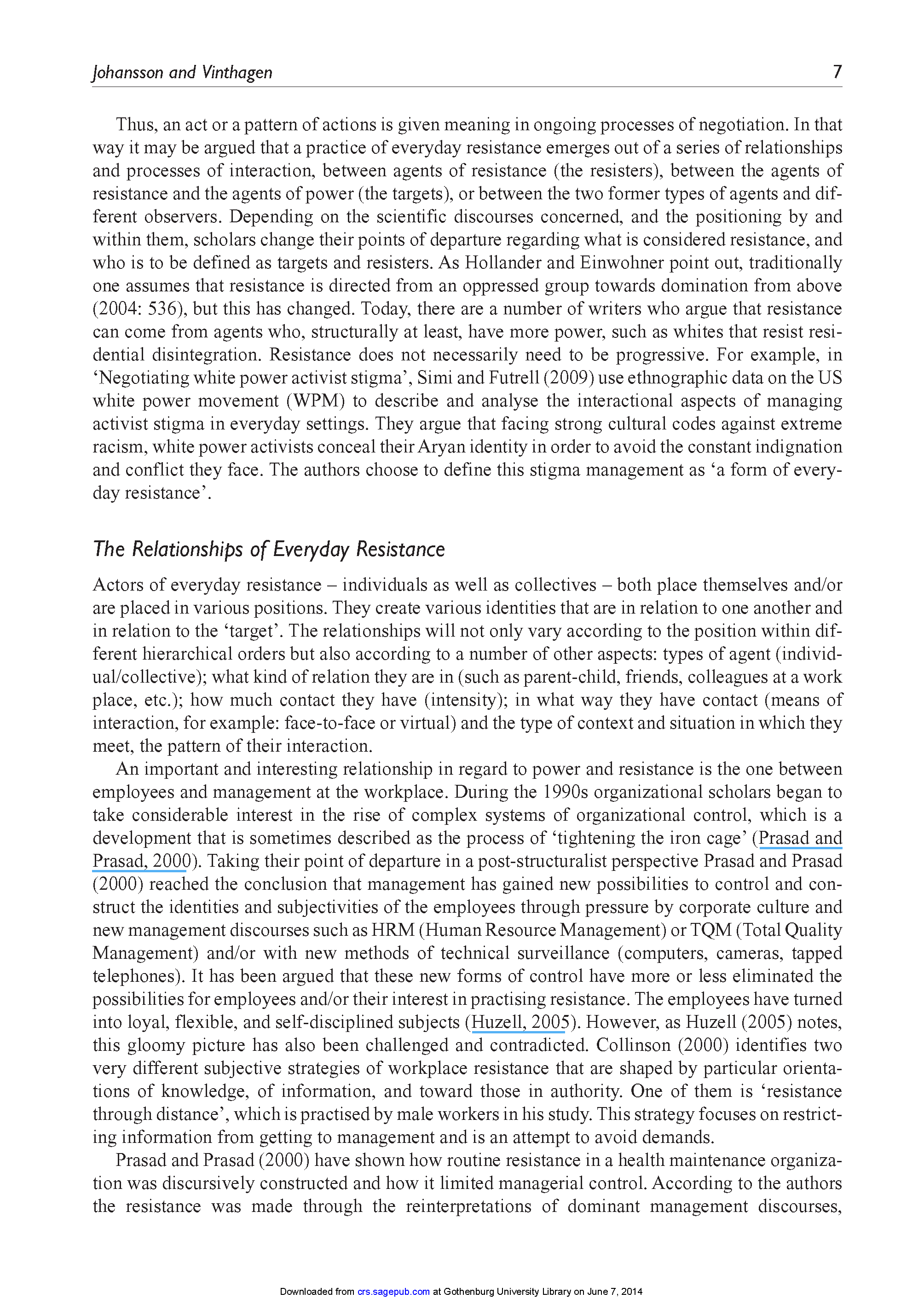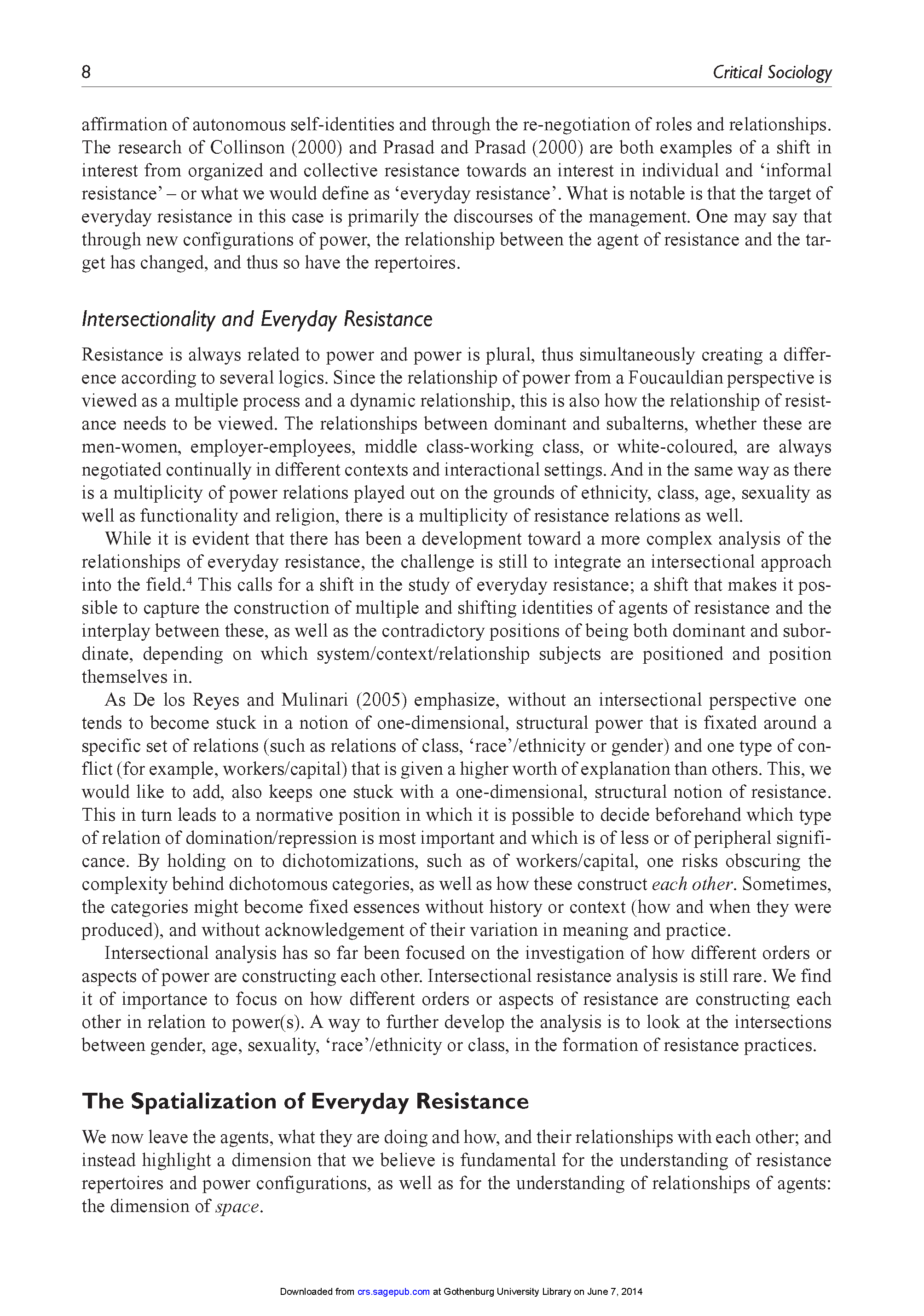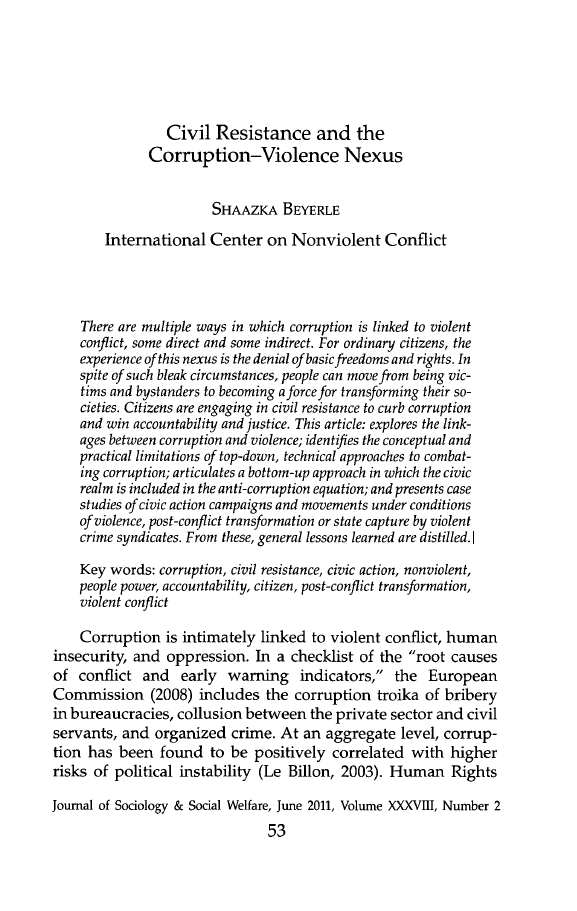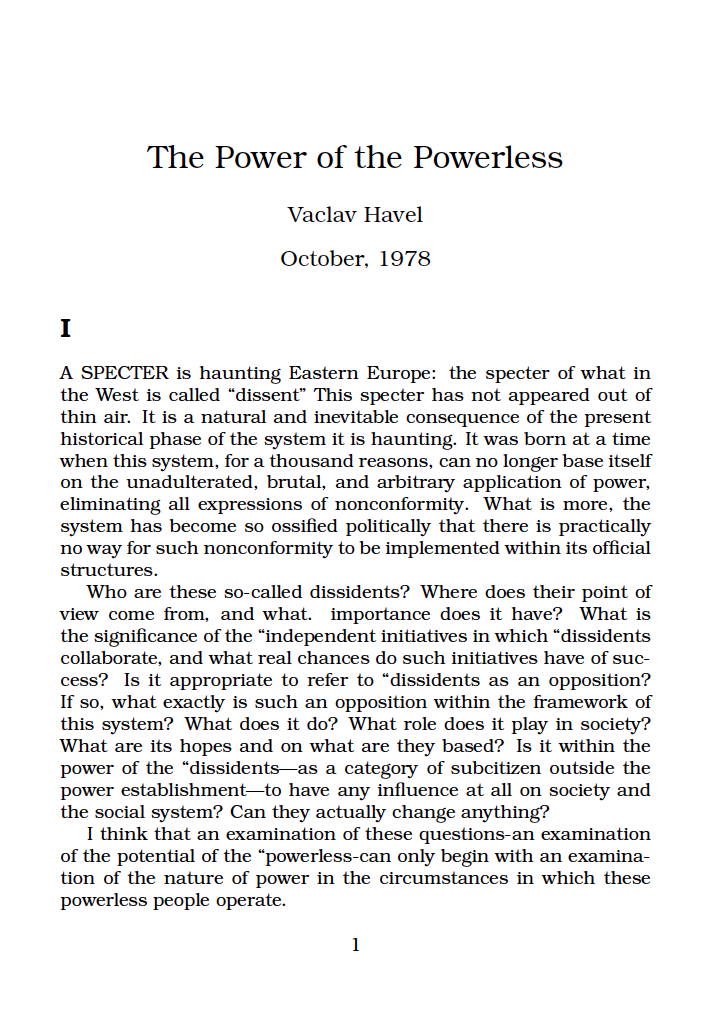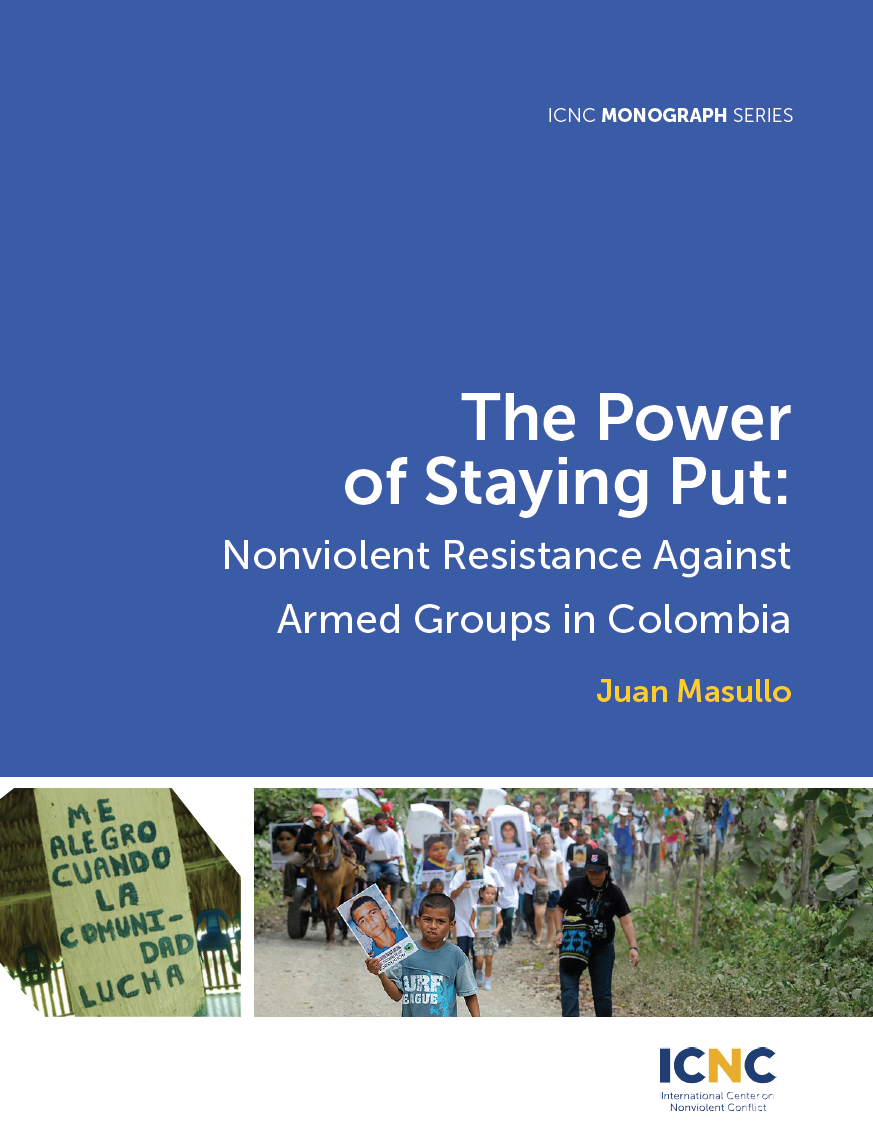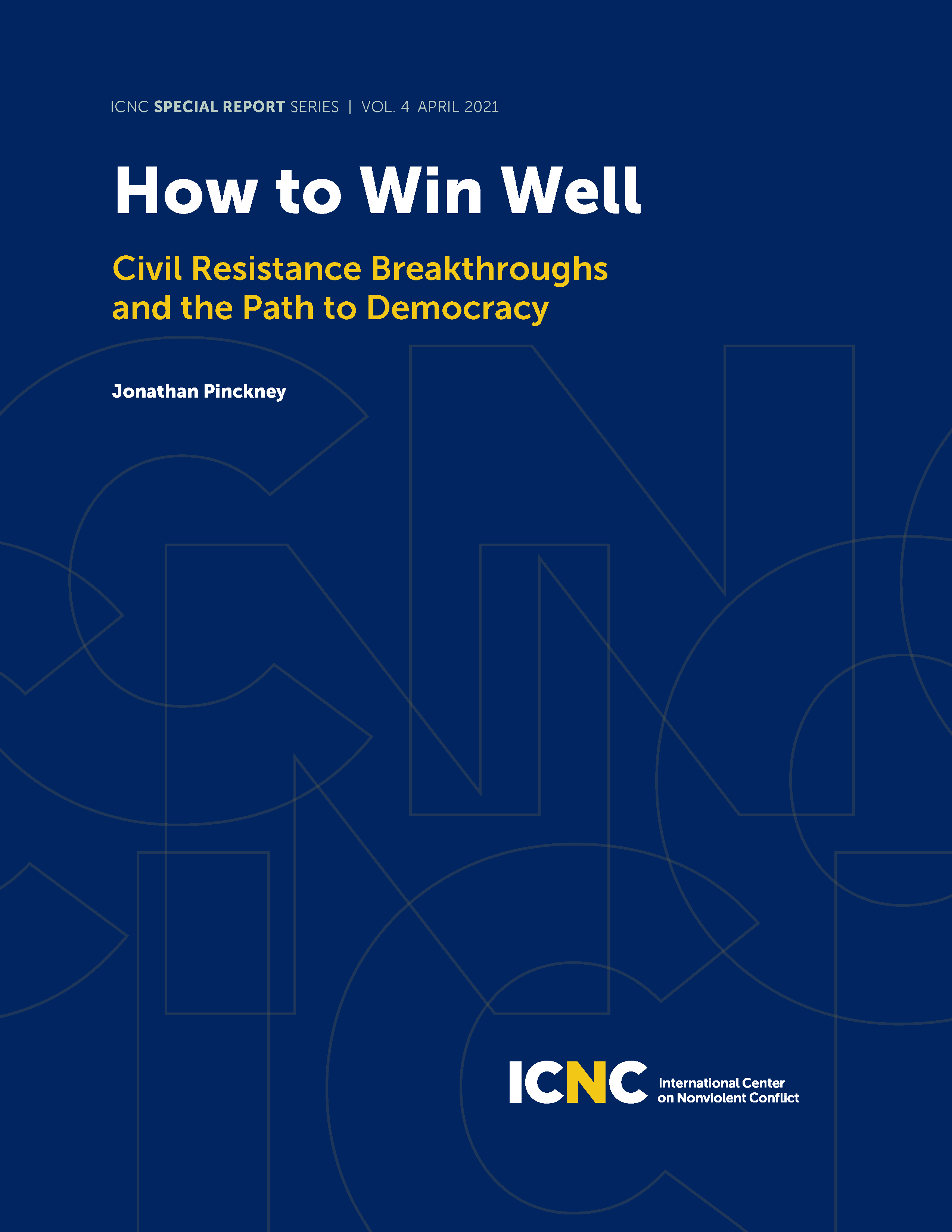Dimensions of Everyday Resistance: An Analytical Framework
Since James Scott introduced the concept of ‘everyday resistance’ in 1985, research has grown within partly overlapping fields. Existing studies utilize very different definitions, methodologies and understandings of ‘everyday resistance,’ which makes a systematic development of the field difficult. In previous work, the authors have suggested a theoretical and definitional framework where everyday resistance is understood as a specific kind of resistance that is done routinely yet is not publicly articulated with political claims or formally organized. A more comprehensive and systematic exploration of this challenging phenomenon is possible through an analysis where: repertoires of everyday resistance are taken into account, together with relations between actors, as well as the spatialization and temporalization of resistance. These analytical dimensions are explained and motivated through illustrations from existing research. Finally, it is argued all four dimensions need to be studied in intersections.
Critical Sociology, May 2014
